
How Much Does a Cup of Sourdough Starter Weigh? A Quick Guide
Join the course
Humblebrag raclette put a bird on it blog, fam hexagon jianbing neutra godard plaid scenester.
Homesteading 101 Starter Course
Family
Free Guide
Courses & Guides
shop with me
FAVE LINKS
Low Toxic Living
Homesteading
Homemaking
Recipes
Topics
I’m a homesteader, homemaker, milkmaid, and bread baker! This is my very own slice of the internet, dedicated to inspiring you to live old fashioned in today's modern world. I’m so excited you’re here, and can’t wait to connect with you.
How Much Does a Cup of Sourdough Starter Weigh
Have you ever found yourself struggling to follow a recipe that calls for “1 cup of active sourdough starter”? You’re not alone. In this blog post, we’ll explore the weight of that elusive cup of sourdough starter and why it’s important to know how much it weighs.
Spoiler alert: it’s probably not the standard 240 grams. We’ll also address common questions like whether to adjust the amount based on the consistency of your starter and what to do with sourdough discard. So, let’s dive in and demystify the world of sourdough baking!
Hey there! Some links on this page are affiliate links which means that, if you choose to make a purchase, I may earn a small commission at no extra cost to you. I greatly appreciate your support!
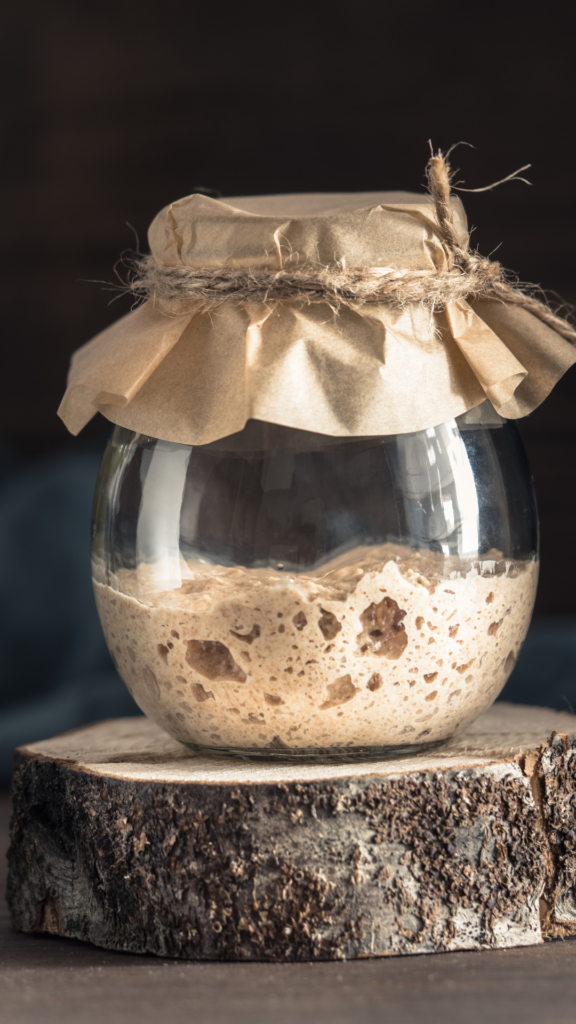
Table of Contents
Related Posts:
Why Does the Quantity of Sourdough Starter Matter in a Recipe?
The amount of sourdough starter used in sourdough bread recipes is a crucial factor that affects various aspects of the good bread-making process. The following section will explain why the quantity of starter matters and how it impacts the final product.
Leavening Time
Sourdough starter is a natural leavening agent that contains wild yeast and bacteria. When added to a bread dough, it ferments and produces carbon dioxide gas, which causes the dough to rise. Using more or smaller sourdough starter amounts in a recipe affects the leavening time, which is the time it takes for the dough to rise. These simple ingredients play a huge roll in the bread making process.
If you use less starter in a recipe, the dough will take longer to rise during the bulk fermentation process and the second rise. Conversely, using more starter will result in a faster rise. This principle is similar to using commercial yeast in bread recipes, where the more yeast you use, the faster the dough will rise.
Sourdough bakers can take advantage of this information to create recipes that can be made in a single day. Using larger amounts of starter compared to water and flour will result in a quick fermentation and rise, while using less starter with larger amounts of flour and water will result in a slow rise.
Fermentation Time
The fermentation time of a dough is directly related to the time it takes to rise. Therefore, the slower the rise, the longer the fermentation time. Adjusting the amount of starter used in a recipe can impact the fermentation time and, consequently, the flavor of the bread.
The longer the dough raises and ferments, the more sour the taste of the bread. Some people prefer a longer rise as it gives the bacteria more time to ferment the dough, which enhances the benefits that come with fermentation. However, this will result in a more sour taste.
The amount of starter used also affects the crumb structure and texture of the bread. Using more starter results in a quicker rise and fermentation, which produces larger and irregularly spaced air holes, creating a more open and airy crumb. Using less starter results in a denser, more uniform crumb structure with smaller and evenly distributed air holes.

Taste
The amount of starter used in a recipe directly impacts the taste of the bread. As mentioned earlier, adjusting the amount of starter can impact the fermentation time, which affects the flavor of the bread. The longer the dough raises, the more sour the taste.
Some people prefer a sourdough tang in their bread, while others prefer a milder taste. The type of bread being made can also affect the preference for sourness. For example, an artisan loaf or a classic loaf of bread may benefit from a sourdough tang as it adds complexity to the overall flavor. However, for enriched dough, like sourdough sandwich rolls, a milder taste may be preferred.
In conclusion, the amount of sourdough starter used in a recipe is a crucial factor that affects various aspects of the bread-making process, including leavening time, fermentation time, crumb structure and texture, and taste. By understanding how the quantity of starter impacts these factors, bakers can create recipes that yield the desired results.

Related Posts:
Do I Need to Stir the Sourdough Starter Before Using It?
When it comes to stirring your sourdough starter before using it, the answer is not always clear-cut. While some recipes may call for stirring, most do not explicitly demand it. In fact, stirring can even lead to a decrease in volume, which can throw off your measurements.
If the recipe you are following does not specifically instruct you to stir the starter, it is best to leave it be. This way, you can ensure that your volume measurement remains accurate.
It is important to note that if you plan to perform the float test with your starter, stirring is a big no-no. Stirring can disrupt the delicate balance of the starter, which can prevent it from passing the float test even if it is ready to use.
In summary, unless the recipe you are following specifically instructs you to stir the sourdough starter, it is best to leave it alone. This will help ensure that your measurements remain accurate and that your starter is ready to work its magic.
How Much Does a Cup of Sourdough Starter Weigh?
If you’re wondering how much a cup of sourdough starter weighs, the answer is not as simple as you might think. The weight of a cup of sourdough starter can vary depending on several factors, such as the hydration of the starter and whether it’s at its peak or not. However, the weight usually hovers around 200 grams.
To get an accurate measurement of your sourdough starter, it’s best to use a kitchen scale. Measuring cups can be inaccurate, especially if the starter is not at the right consistency. If you don’t have a kitchen scale, you can use a measuring cup, but make sure to use the same cup for all your measurements.
It’s also important to note that different recipes may use different measurement systems. Some recipes may offer a conversion chart on their website, which can be helpful if you’re using a different measurement system.
Overall, the weight of a cup of sourdough starter can vary, but it’s usually around 200 grams. Using a kitchen scale for an accurate measurement is recommended.
Related Posts:
What Affects the Sourdough Starter Weight?
When it comes to sourdough starter weight, there are a few key factors that can cause variations. Here are some of the most important variables to consider:
Hydration Level
The hydration level of your sourdough starter refers to the ratio of water to flour in the mixture. A higher hydration level means more water and less flour, resulting in a runnier, more liquid starter. Conversely, a lower hydration level means less water and more flour, resulting in a thicker, more dough-like starter.
As you might expect, the hydration level of your starter can have a big impact on its weight. A runny, liquid starter will naturally weigh less than a thick, dough-like one. So, if you notice variations in your starter weight, the hydration level is a likely culprit.
Age of the Starter
The age of your sourdough starter can also affect its weight. A mature starter that is full of bubbles and activity may seem lighter on the scale. This is because the bubbles are essentially pockets of gas created during fermentation, which makes the starter expand and appear less dense.
On the other hand, a younger, less mature starter may feel denser and heavier. It hasn’t had as much time to develop the same level of gas production, so it may not be as fluffy or light. If you decide to make your own homemade sourdough starter, it might not be as strong in the beginning compared to someone else’s that’s 50 years old.
Flour Type
The type of flour you use in your sourdough starter can also have an impact on its weight. Whole grain flour, with its higher fiber content, absorbs more water, leading to a denser and heavier starter. If you’re aiming for a weighty starter, whole grain flour is the way to go.
All-purpose flour is less absorbent than whole wheat flour, but more absorbent than bread flour. Whole-grain flour is generally even more absorbent than whole wheat flour. And if you’re using rye flour, be aware that it is generally more absorbent than any wheat flour due to its higher concentration of soluble fiber.
In contrast, white flour tends to produce a lighter, fluffier starter. The absence of bran and germ, which are present in whole grain flours, means there’s less material to soak up water. As a result, your starter emerges as lighter and less dense.
Overall, the hydration level, age of the starter, and flour type are the three most important factors that can affect the weight of your own sourdough starter. By understanding how these variables work together, you can adjust your favorite recipes and techniques to achieve the desired consistency and rise for your healthy starter.

How Much is 1 Cup of Sourdough Discard in Grams?
If you’re wondering how much a cup of sourdough discard weighs, the answer is usually around 250 grams. However, the actual weight can vary depending on the hydration level of your discard and how you’ve been feeding your starter.
It’s important to note that while a sourdough discard technically shouldn’t have any bubbles left, the stages of sourdough discard can affect the volume measurement. If your discard is still a bit active when you’re using it in a sourdough discard recipe, the bubbles, or lots of bubbles, will take up some space and the weight of a cup of your sourdough discard will change.
To get a more accurate measurement, it’s recommended to weigh your sourdough discard in grams instead of relying on volume measurements. Here’s a quick conversion guide for measuring sourdough discard in grams and ounces:
- 1 cup of sourdough discard = approximately 250 grams of starter or 8.8 ounces
- 1/2 cup of sourdough discard = approximately 125 grams of starter or 4.4 ounces
- 1/4 cup of sourdough discard = approximately 62.5 grams of starter or 2.2 ounces
Keep in mind that these measurements are approximate and can still vary depending on the hydration level and feeding schedule of your sourdough starter.
When People Tell You to Use Equal Amounts of Flour and Water to Feed a Starter
If you’re new to sourdough baking, you might have heard people say that you should feed your starter with equal amounts of flour and water. However, it’s important to note that this advice refers to the weight of the ingredients, not the volume. Using cups to measure your flour and water can result in an inconsistent feeding schedule for your starter. If you were to use 1 cup flour and 1 cup of water, the sourdough recipe would be wrong. They would not be equal parts based off of weight.
To maintain a 100% hydration starter, it’s best to use a kitchen scale to measure the weight of your ingredients. Before feeding your starter, weigh your clean container or current jar and deduct its weight from the total weight to determine the weight of your starter. Then, add the same weight of flour and water to your starter. This will ensure that your starter maintains a consistent hydration level and will help it to thrive.
While it may seem daunting to weigh your ingredients every time you feed your starter, it’s worth the effort to maintain a healthy and active starter. Once you get the hang of it, you’ll be able to eyeball the amounts of flour and water you need to add and adjust your feeding schedule accordingly.
Using a consistent feeding schedule is crucial to the health of your starter. It’s recommended to feed your starter once a day or every 12 hours if you keep it at room temperature, or once a week if you keep it in the fridge. By maintaining a consistent feeding schedule, you’ll help your starter to develop a strong and complex flavor profile.
In conclusion, using equal amounts of grams of flour and grams of water to feed your starter is a helpful guideline, but it’s important to measure the weight of your ingredients for consistency. By using a kitchen scale and maintaining a consistent feeding schedule, you’ll be on your way to baking delicious sourdough bread.
FAQ
Here are some frequently asked questions about sourdough starter:
Should you weigh your sourdough starter or use volume measurement?
It’s recommended to weigh your sourdough starter with a digital scale instead of using cups or other volume measurements. However, if a recipe calls for cups, try not to stir the starter before scooping it out and maintain your starter at 100% hydration to ensure consistency.
How much does 1 cup of sourdough starter weigh?
On average, 1 cup of sourdough starter weighs approximately 200 grams, although some sources may suggest 240 grams. Keep in mind that the exact weight will vary depending on the hydration level and density of your starter.
How much is 100 grams of sourdough starter in cups?
If your sourdough starter has a 100% hydration level, 100 grams would be approximately ½ cup. However, if the hydration level is different, the volume in cups will change accordingly.
What is a “dry starter” and what is a “wet starter”?
A wet starter contains more water and is more runny, while a dry starter is denser and contains more flour. These terms refer to the hydration level of the starter, with a 100% hydration level being the norm.
How much should your sourdough starter weigh?
The weight of your sourdough starter will depend on its hydration level and the recipe you are following. There is no one-size-fits-all weight for sourdough starter, as some bakers prefer a stiffer starter while others prefer a wetter one. Experiment with different hydration levels to find what works best for you.
Hopefully, these answers have helped clear up some common questions about sourdough starter. For more tips and tricks, check out some of the other resources available on sourdough baking.
Related Posts:
- Get Baking Today: Beginner Sourdough Starter Recipe
- Ingredients for Better Sourdough: Tips and Tricks for a Perfect Loaf
- Sourdough Bread: A Beginner’s Guide to Delicious Homemade Loaves
- Bulk Ferment vs Cold Ferment: Which is Better for Your Bread Dough?
- Can Sourdough Starter Go Bad? Tips for Keeping Your Starter Fresh
- Long Fermented Sourdough Bread: A Guide to Achieving Perfectly Tangy Loaves
- Should you Clean your Sourdough Starter Jar?
- Purchase all of my Sourdough Supplies Here!
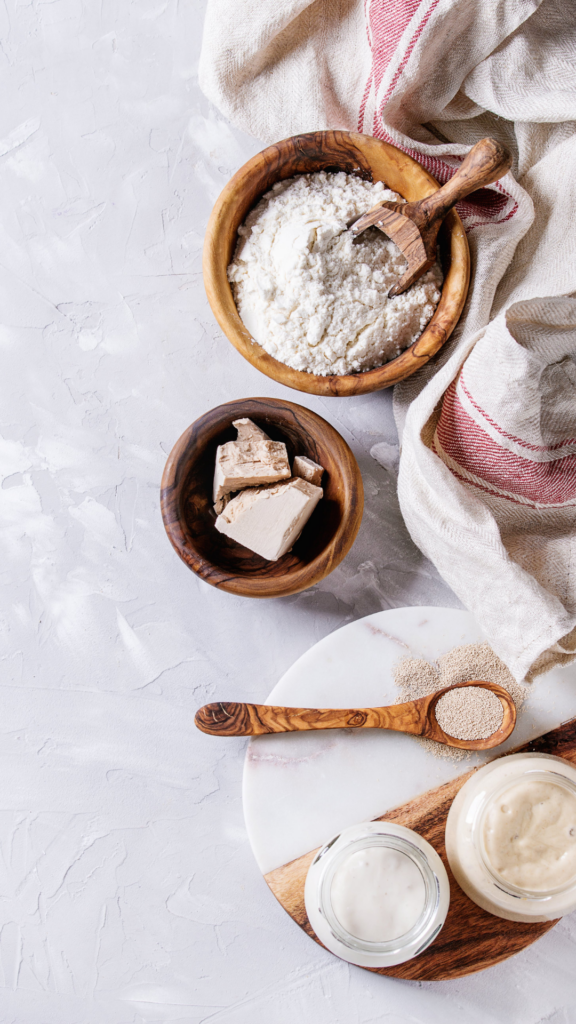
End Notes
When it comes to sourdough baking, understanding the weight of your starter is crucial to getting the right consistency and flavor. While some sources may suggest that 1 cup of starter equals 240 grams, this is often not the case. The weight of your starter can vary depending on factors such as its hydration level and how it is stirred.
To find the right amount of starter for your recipe, it’s important to experiment and find your sweet spot. If you want a quick rise and a milder flavor, use more starter. For a tangy, complex taste and an airy crumb, go for less starter and a longer fermentation time. The beauty of sourdough baking is that it’s all up to you. I hope this answers the question How Much Does a Cup of Sourdough Starter Weigh?
If you have any tips or feedback to share, feel free to leave a comment below. And if you’ve weighed your 1 cup of starter, we’d love to hear what result you got! Happy baking!
Explore Reader
SHOP
Fitbit Versa 2 Health & Fitness Smartwatch
SHOP
Bamboo Nesting storage boxes
SHOP
Ilia Super Serum Skin Tint SPF 40
SHOP
Ninja Max XL Electric Air FryeR
SHOP
Cuisinart 15-Piece Knife Set with Block
SHOP
Muse Bath Apothecary Hand Ritual
SHOP
Martha Stewart 100% Cotton Bath Towels
SHOP
Eozlink Fluffy Fur Slides
Leave a Reply Cancel reply
Watch me clean my home


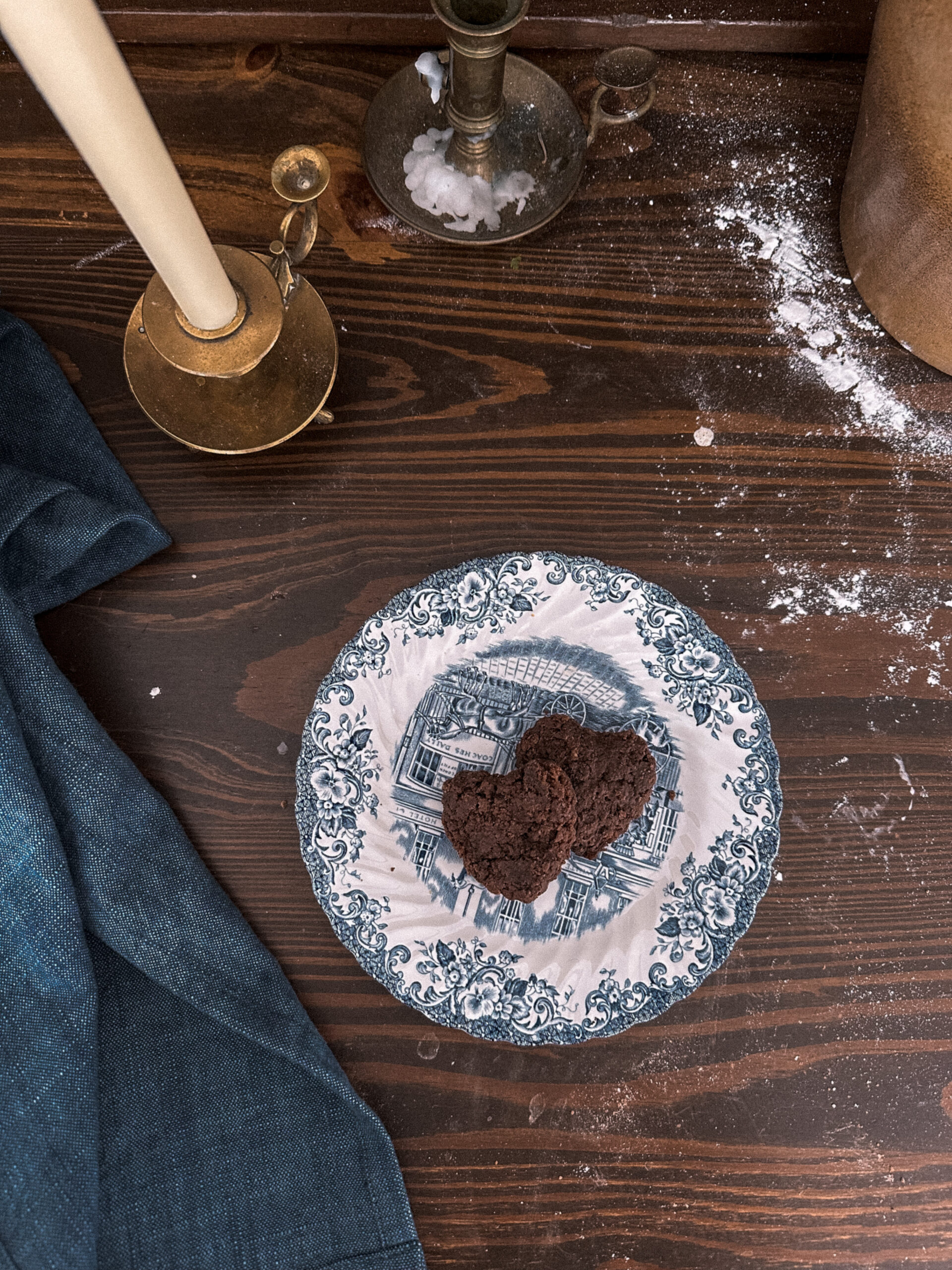
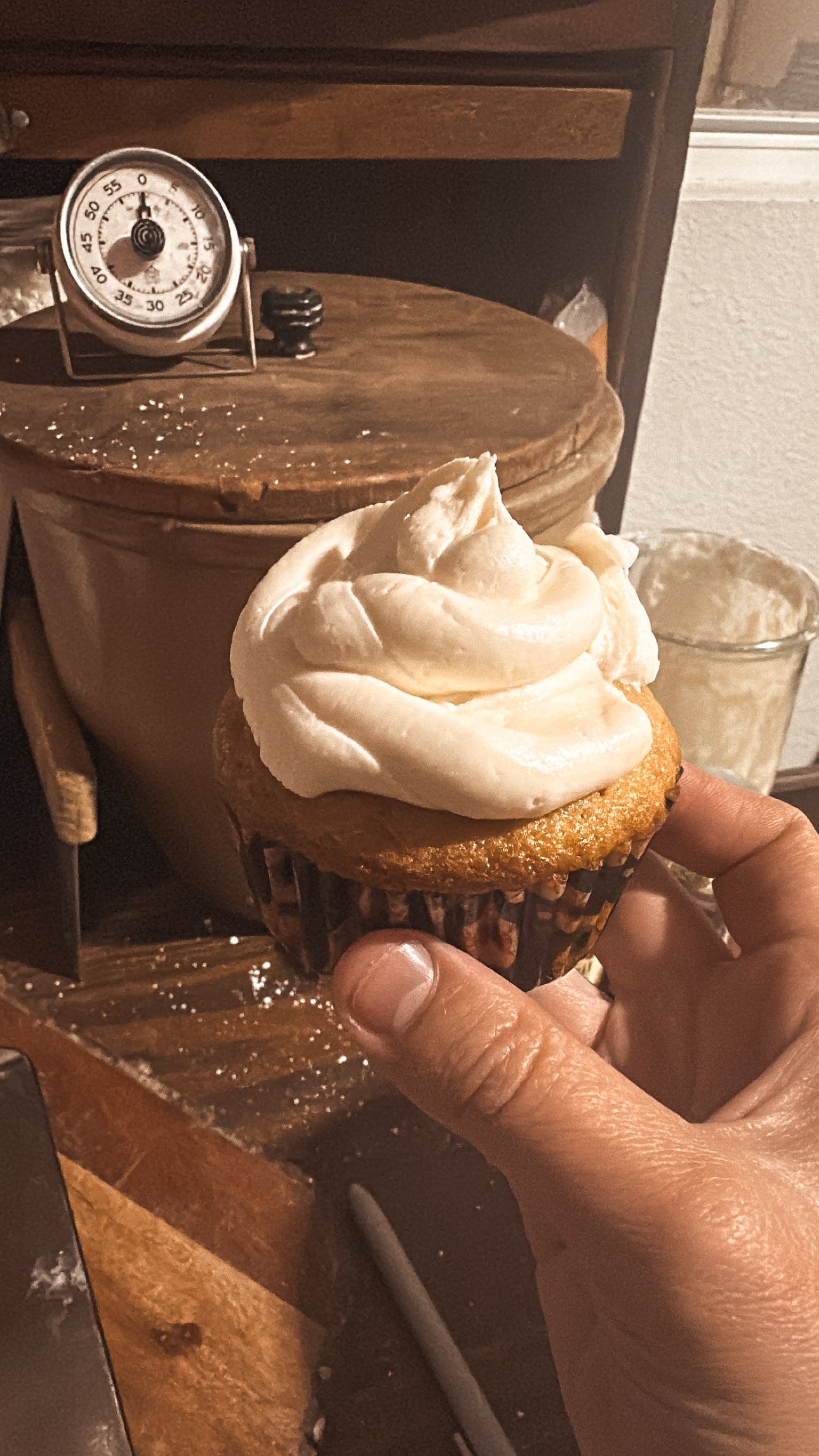
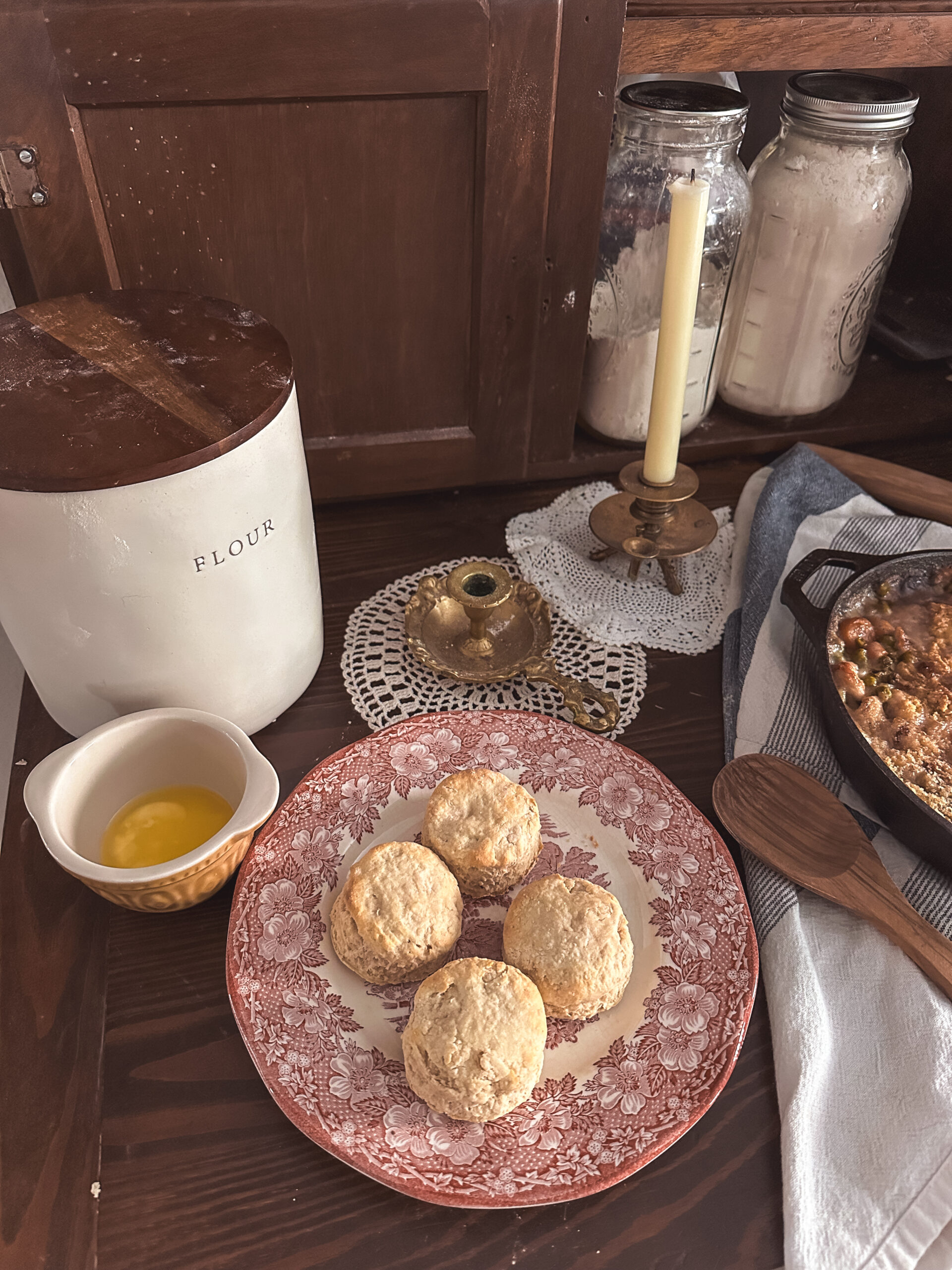

Be the first to comment